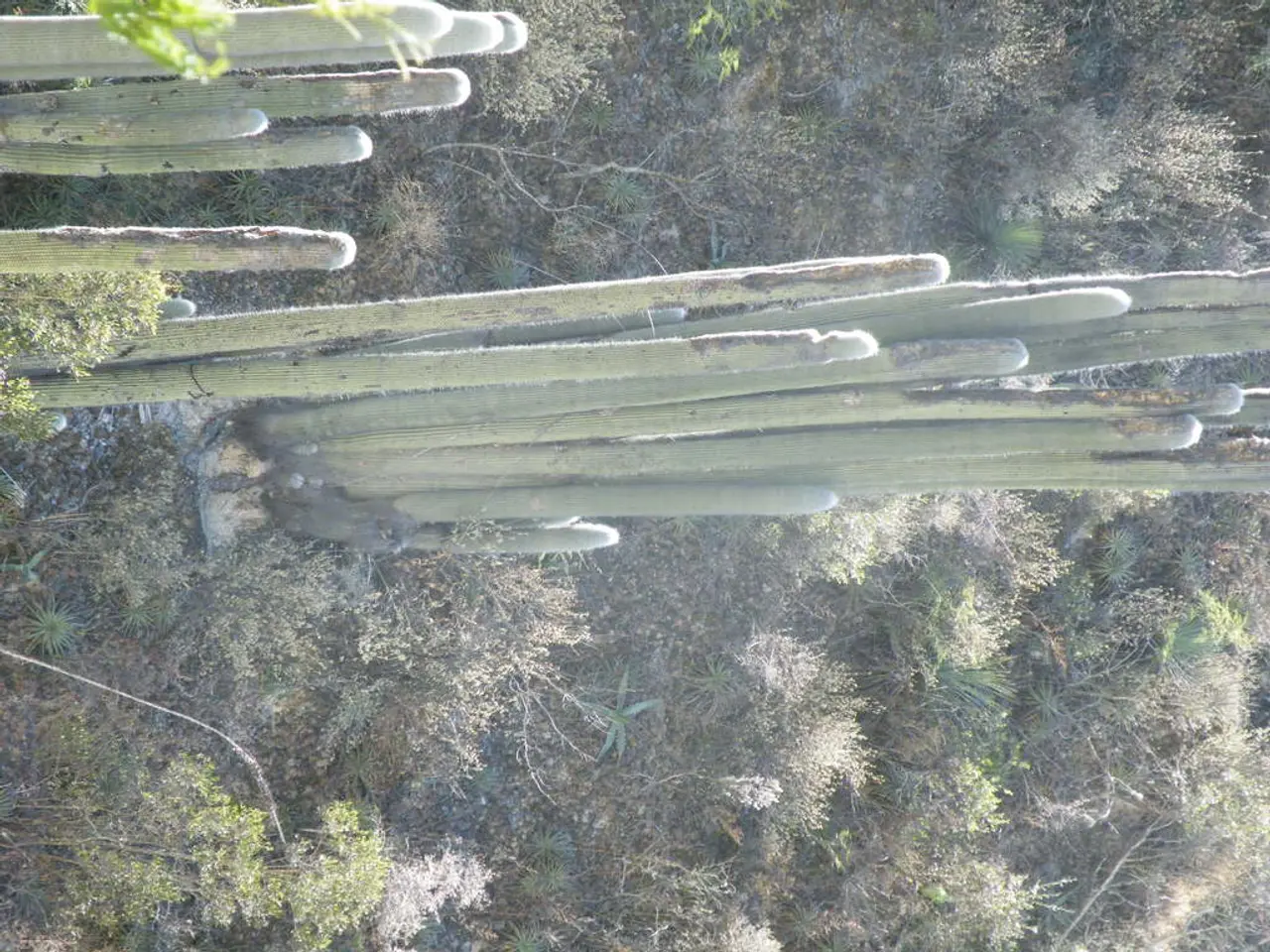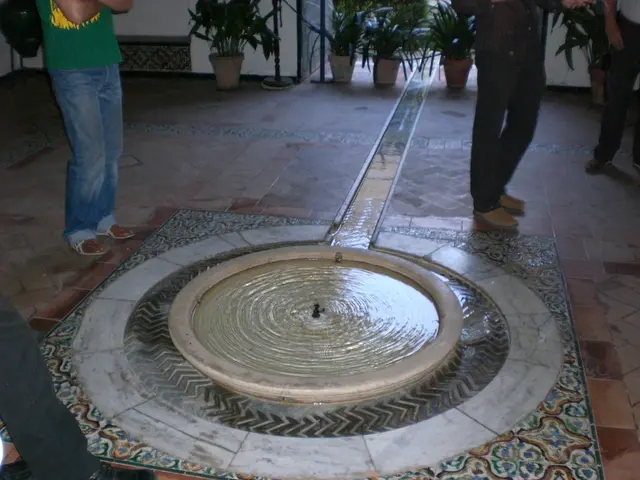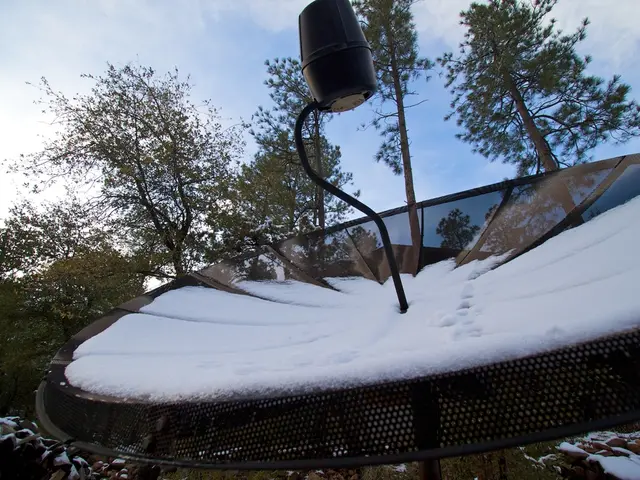Ideal Blend of Soil for Thriving Anthurium Plants
In the world of houseplants, the Anthurium is a popular choice for its vibrant, long-lasting flowers. To ensure your Anthurium thrives, it's essential to understand its ideal growing conditions, particularly when it comes to soil, moisture, and fertilizer.
Anthuriums prefer a well-draining, airy potting mix that mimics their natural epiphytic environment. A recommended mix is a 50-50 blend of orchid potting media and regular houseplant potting soil. This combination ensures good drainage and aeration, which is crucial to prevent root rot.
The ideal soil pH for anthuriums is between 5.5 to 6.5. Although specific pH for anthuriums is not directly stated, the use of orchid mix (typically slightly acidic to neutral) and houseplant mix suggests a preference for slightly acidic to neutral pH. Vermiculite, which is sometimes added for moisture retention, has a neutral pH of about 7 to 7.5, suitable for a wide range of plants including anthuriums.
Anthuriums prefer the soil to be consistently moist but not waterlogged. Water when the top inch of soil feels dry to the touch, and ensure pots have multiple drainage holes to prevent water accumulation. High humidity also benefits the plant, so misting regularly or placing near a humidifier is recommended.
Use a balanced liquid fertilizer every 6-8 weeks during the growing season (spring and summer) to promote growth and vibrant foliage. Avoid over-fertilizing, which can damage roots and leaves. Organic matter such as peat, coconut coir, or bark (commonly found in orchid mixes) should be included in the potting mix to provide nutrients and improve aeration. The mix should be light and rich in organics but well-draining, replicating the plant’s natural epiphytic growing conditions.
Inorganic matter such as perlite, vermiculite, pumice, orchid bark, pine bark, peat, sand can also be included in the soil mix for anthurium plants. Worm castings or vermicompost can be added to the potting mix for anthurium plants as a nutrient-rich supplement. Worm castings are known to enhance the soil's resistance to pests and diseases, and they improve the soil's structure, enhancing its ability to retain water and nutrients.
It's important to note that Anthurium plants do not require fertilizing during the winter months when they are dormant. Additionally, Anthurium plants thrive with balanced fertilisers containing equal parts nitrogen, phosphorus, and potassium, often labelled as 20-20-20 or similar.
Finally, Anthurium plants should be repotted every two to three years to maintain soil quality and root health. Store-bought orchid potting mix can be used for anthuriums, but additional ingredients like pumice, charcoal, or coconut husks can be added to enhance drainage.
By understanding these ideal conditions, you can help your Anthurium flourish and enjoy its beautiful flowers for years to come. Happy growing!
By blending orchid potting media and regular houseplant potting soil in a 50-50 ratio, you're creating an ideal home-and-garden environment for your Anthurium, promoting good drainage and air circulation essential for its growth. Furthermore, incorporating indoor plants like Anthuriums into your lifestyle can contribute to creating a relaxing and refreshing home-and-garden setting, enhancing your overall lifestyle with their vibrant, long-lasting flowers.








